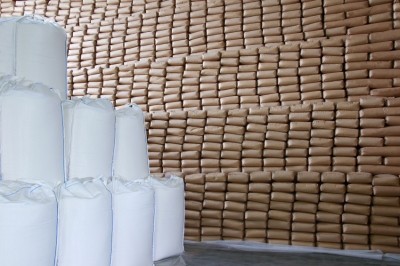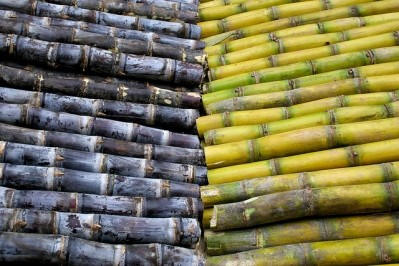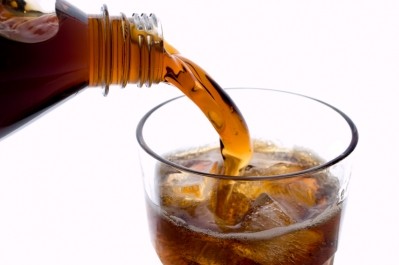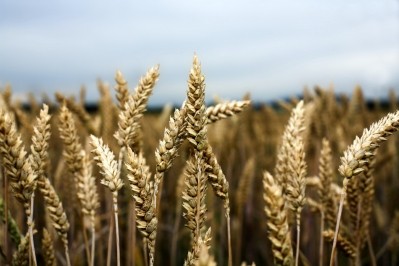Isoglucose market still faces hurdles in Europe
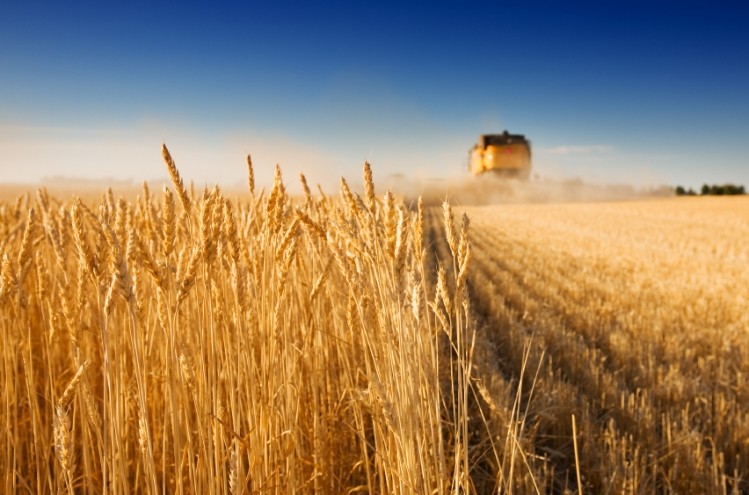
Currently, the European sugar quota system limits isoglucose production to 5% of the total EU sugar quota, effectively limiting production and access to the sweetener, also known as glucose-fructose syrup, or high fructose corn syrup in North America. But in 2017 the limit is set to be lifted.
Jamie Fortescue, managing director of industry association Starch Europe (formerly AAF), said the end of the sugar quota was good news for starch producers looking to expand isoglucose capacity, but sugar prices have declined, free trade agreements could put the squeeze on European producers, and consumer concerns about sugar consumption also may discourage investment.
“A lot of the political signals are pointing in the right direction for the starch industry,” he said. “…What we want to make sure is that the good things that are being done aren’t undermined by other policy negotiations.”
Speaking to FoodNavigator when the decision to scrap quotas was announced, Fortescue predicted that isoglucose production could increase fourfold in the EU, to about two to three million tonnes a year. He said that prediction still stood, but additional hurdles had appeared, including the potential for free trade agreements to discourage European isoglucose expansion.
“We are worried about the trade negotiations going on both with the US and with Thailand and Vietnam,” he said. “…FTAs basically kill off any opportunities we may have to develop further. Before we have had a chance to develop, it allows in lots of cheaper product from abroad.”
Producers may also be questioning expansion plans in the light of falling sugar prices. They have come down sharply in recent months, and fell 5.7% in August alone, according to the FAO.
Fortescue said: “The price of isoglucose is linked to the price of sugar. The incentive to invest in isoglucose is obviously reduced.”
However, he pointed out that price is not the only issue; isoglucose is a liquid product, so has some functional advantages for manufacturers of liquid products, like drinks, ice cream and dairy.
And sugars and their potential health impacts have been the focus of increased media coverage recently, “just as we are finally being given the opportunity to compete with sugar”, he said.
“Consumers are impacted by this and our customers may start to look for ways to reformulate products so there are less sugars. They’re right. But the science is still highly debatable on this. …As a producer of sugars that is a concern.”
Starch production in the EU stands at about 10m tonnes a year, of which about 8m tonnes are from cereals. European isoglucose is either maize or wheat-derived.
